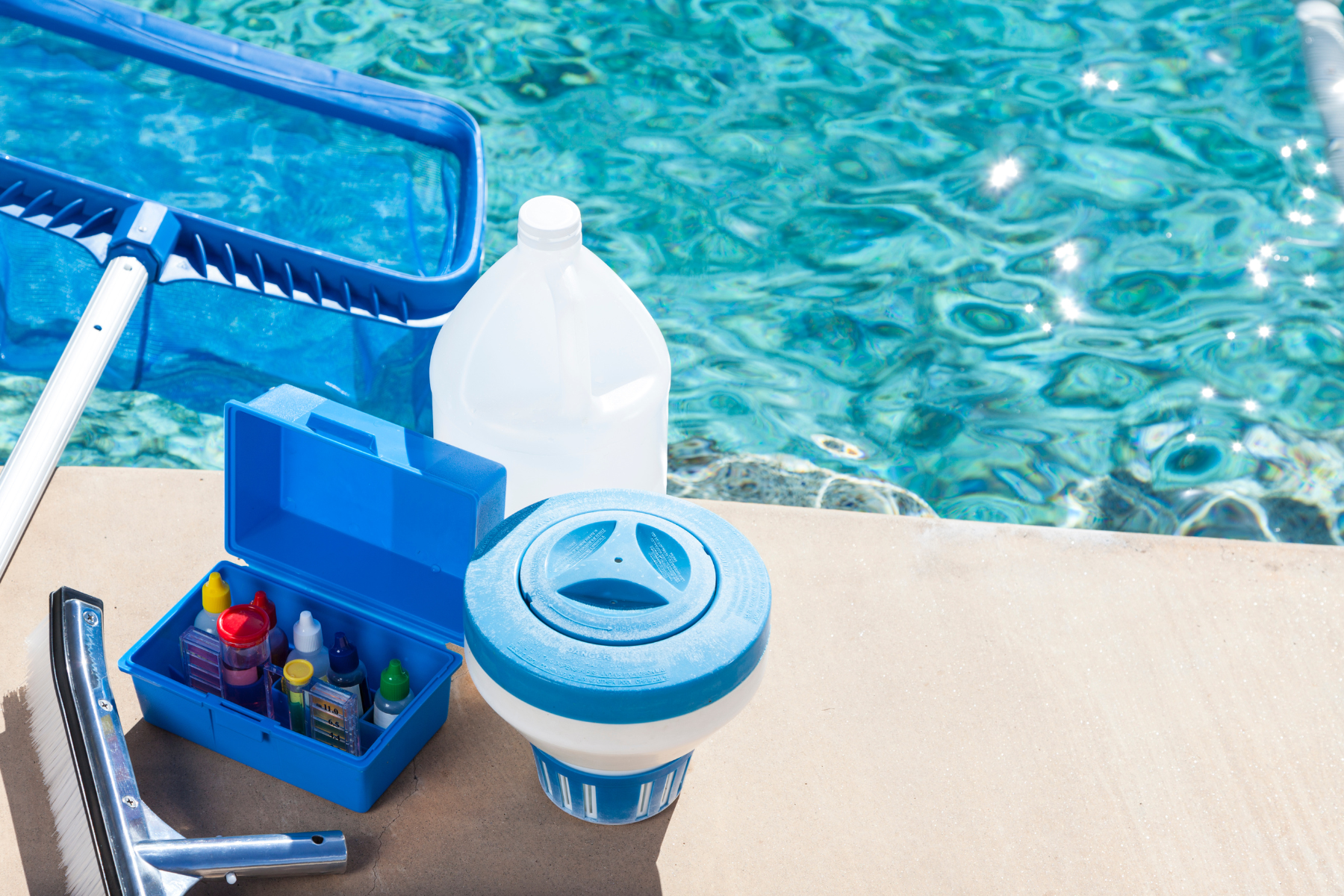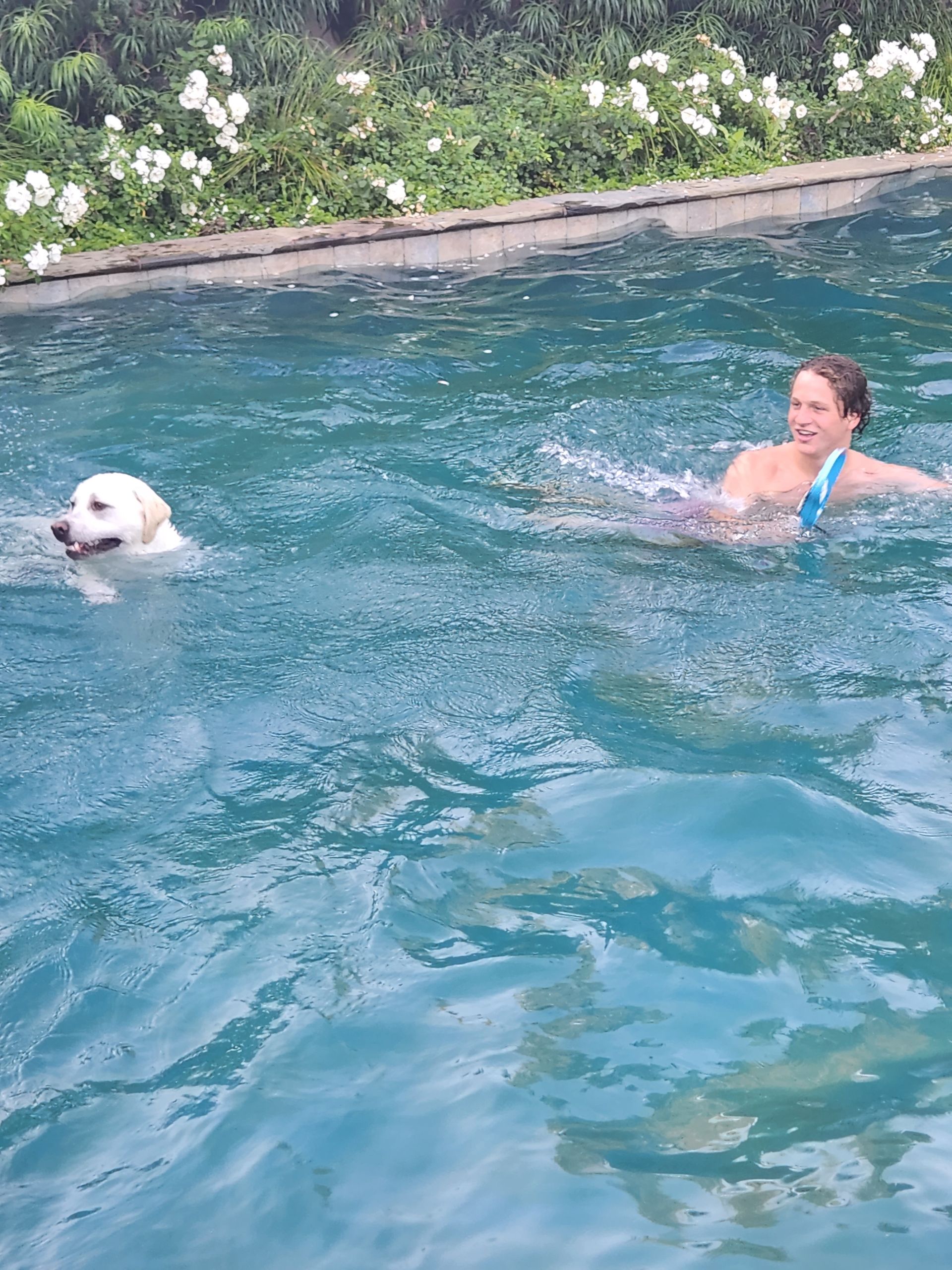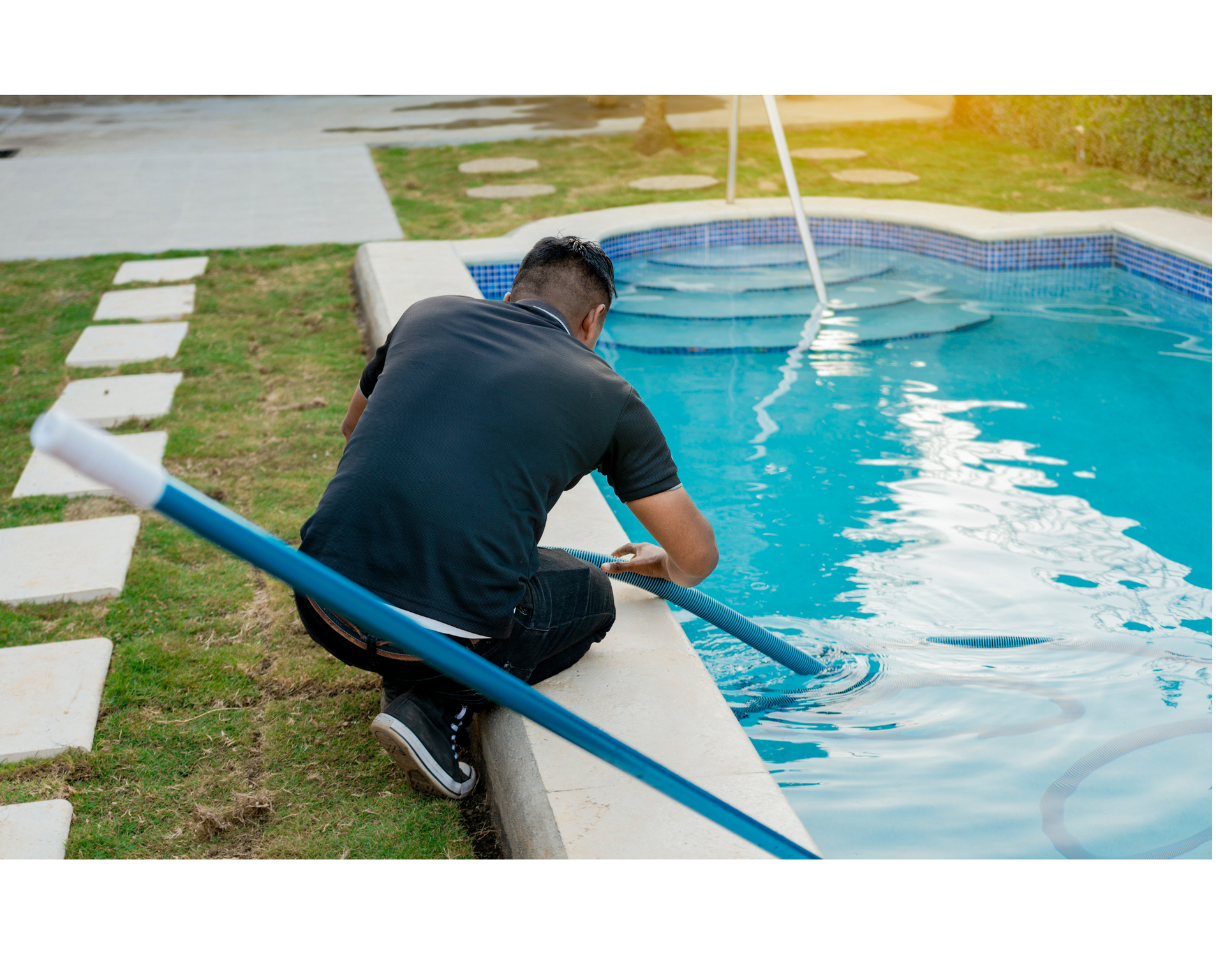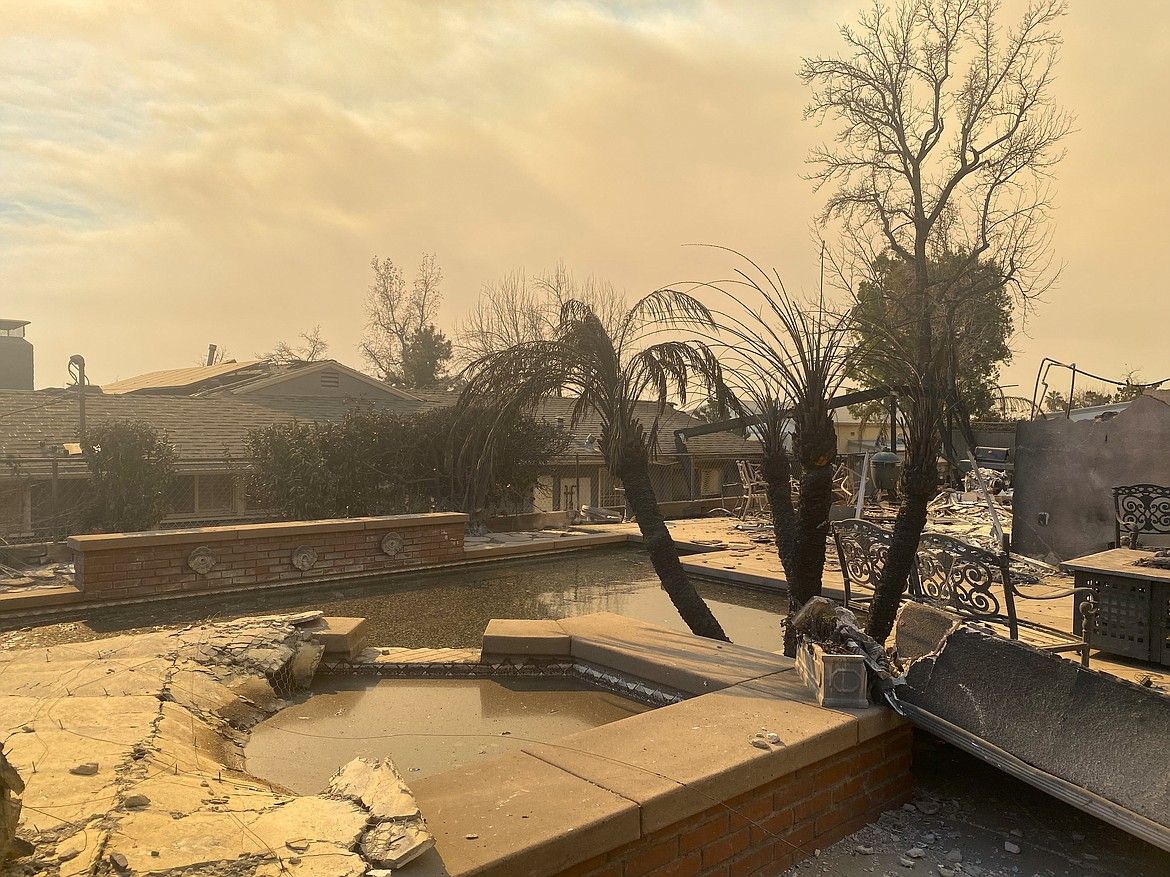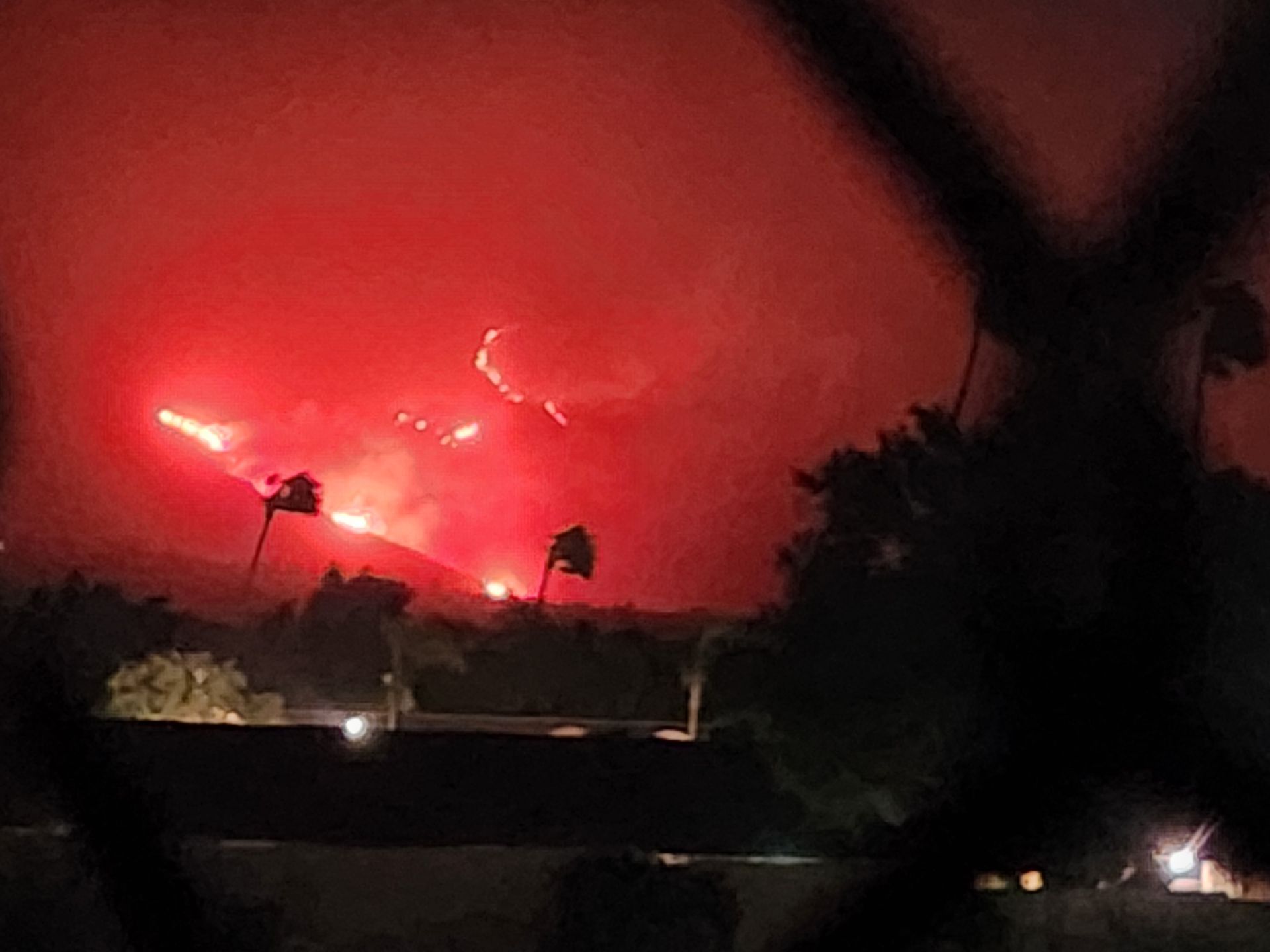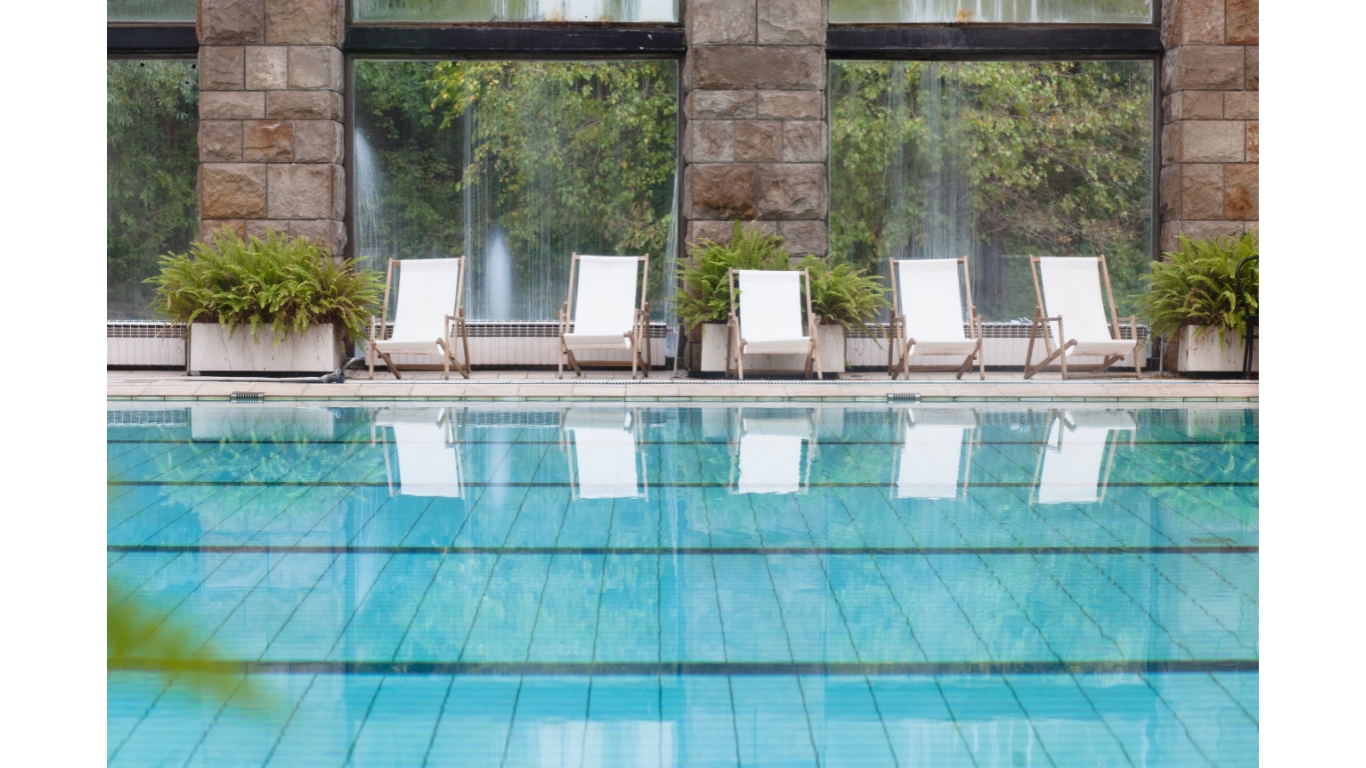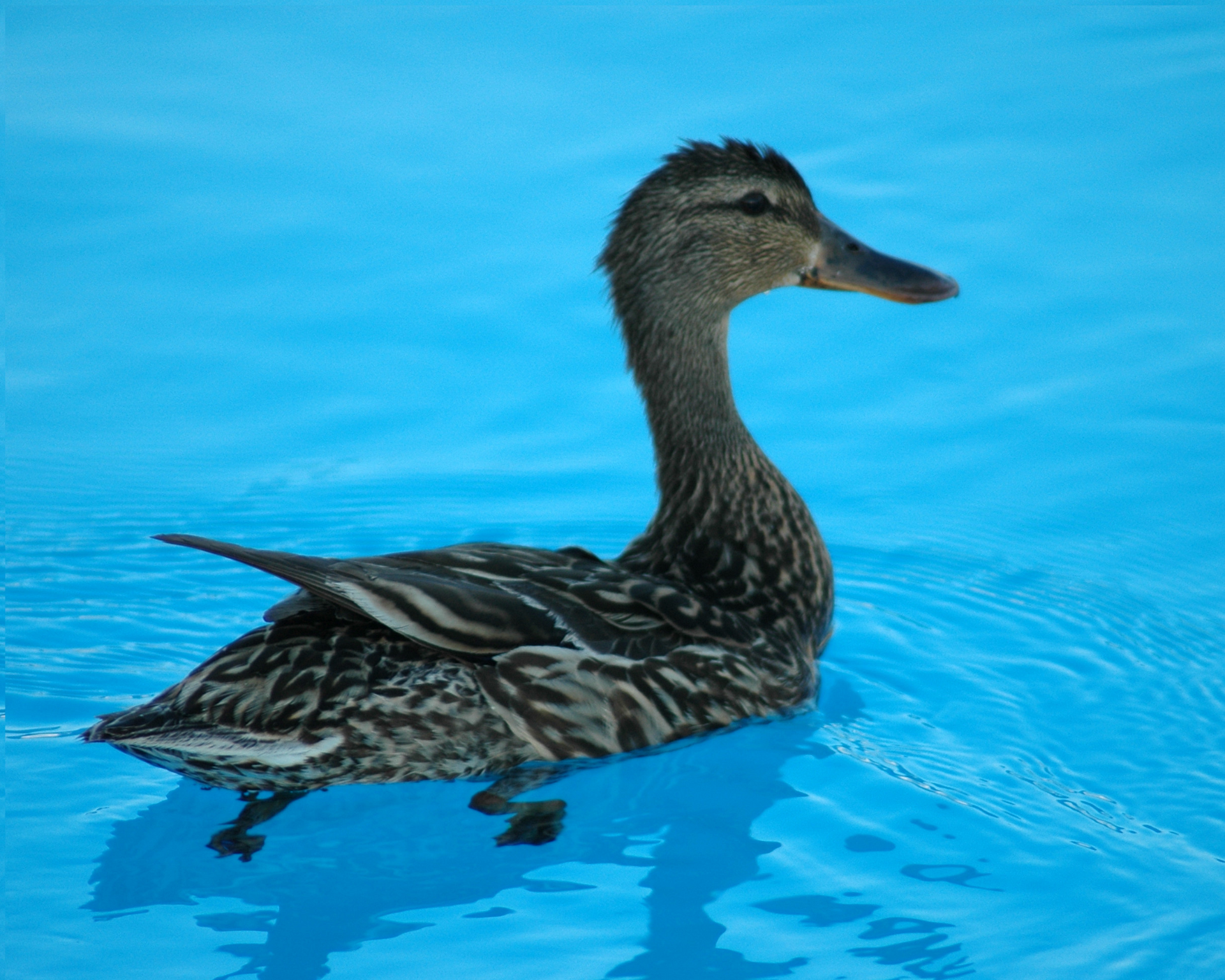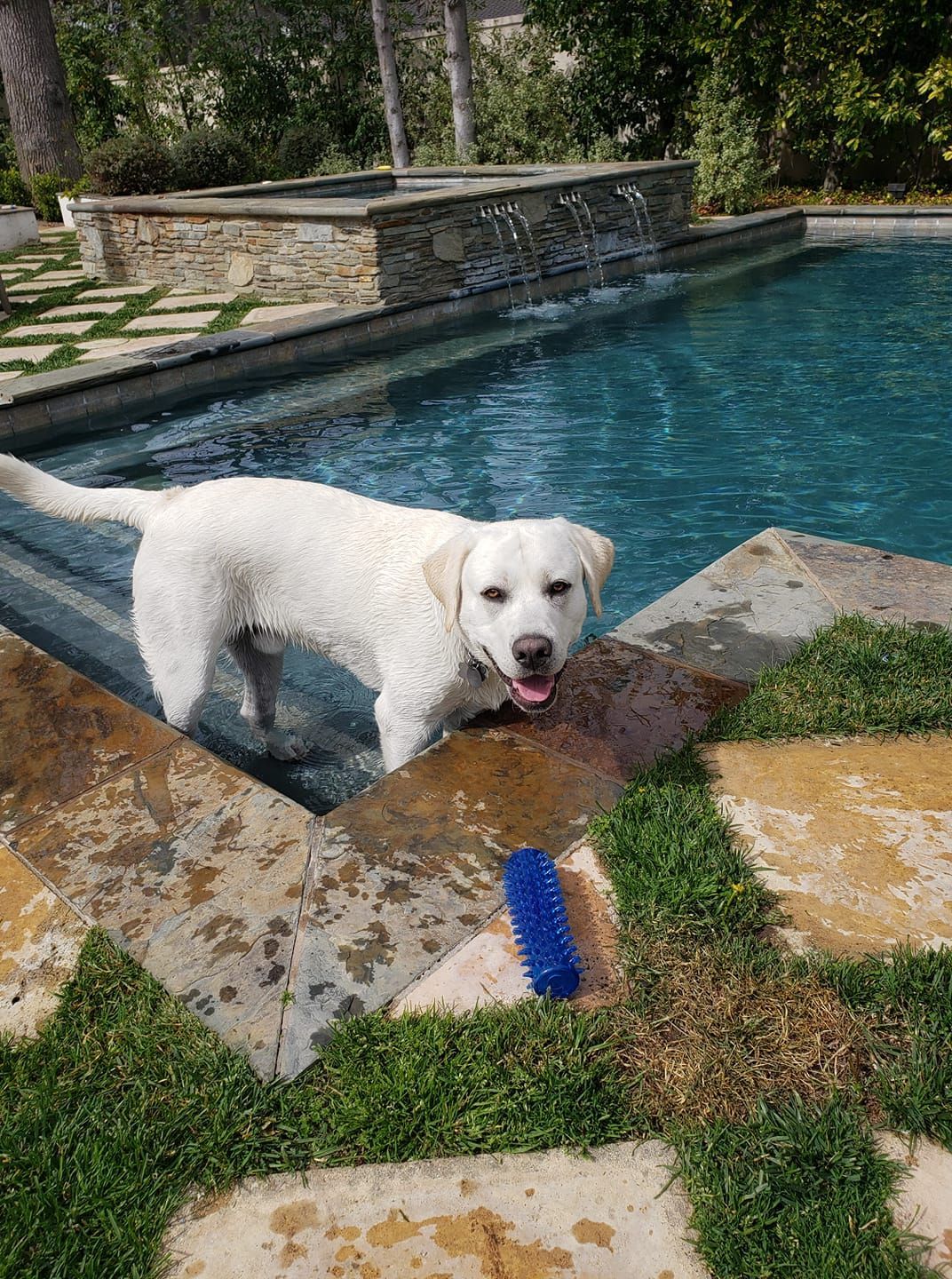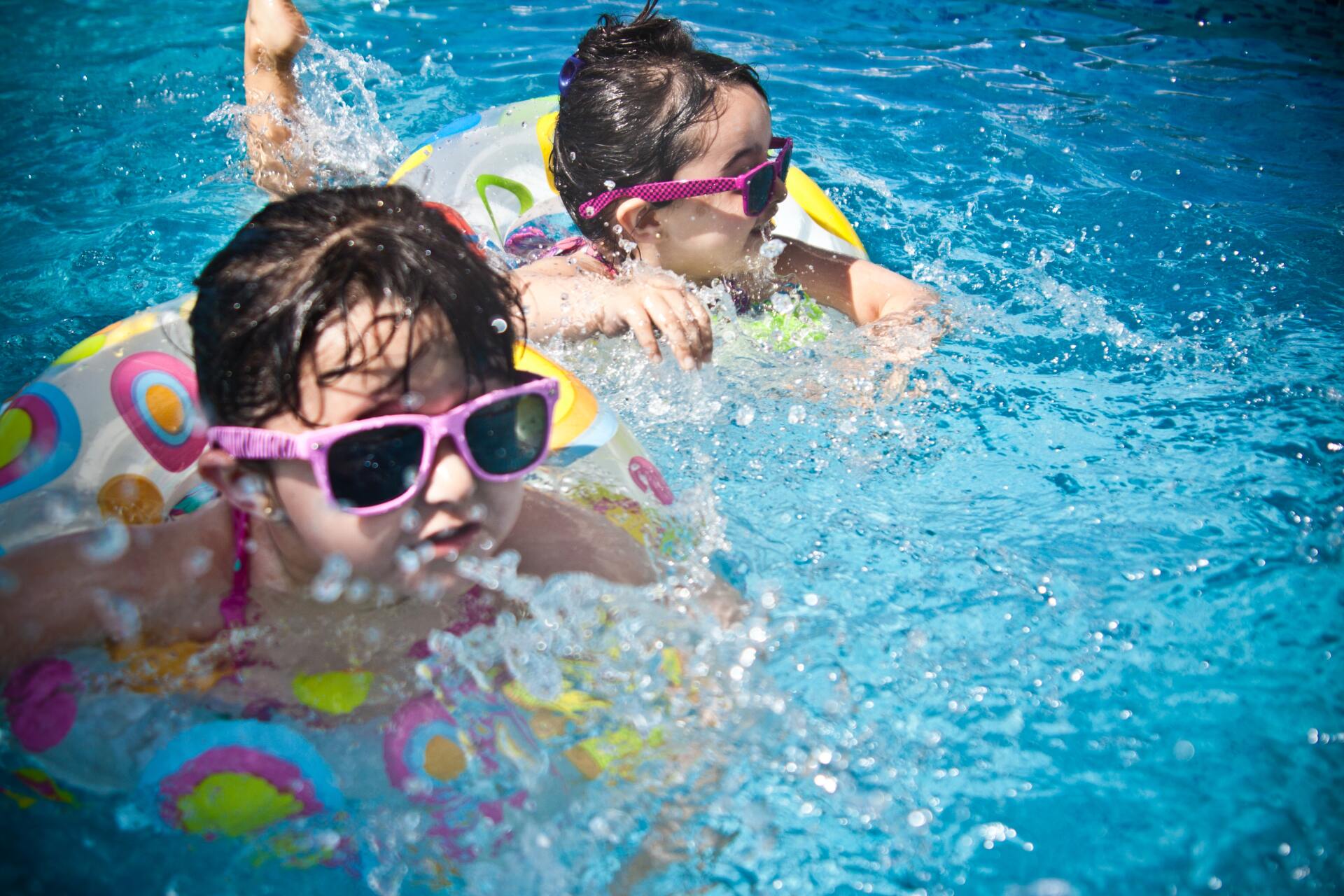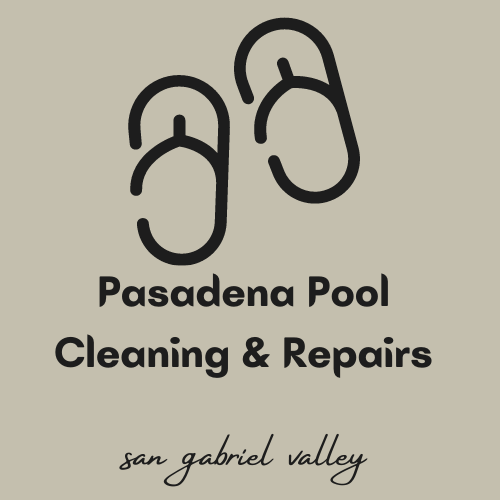What Time of Year is Best to Clean My Pool in Pasadena, CA?
Seasonal Tips For Optimal Maintenance
When considering the best time of year for pool cleaning here in Pasadena, CA, understanding the local climate is key. Pasadena experiences warm, dry summers and mild winters, which affects how often pools need maintenance.
Regardless, the ideal time for pool cleaning in Pasadena is early spring, before peak swimming season, and then again in the fall to prepare for winter. This schedule helps keep your pool clear of debris and balances the chemicals for optimal water quality.
By timing cleanings around these periods, we can reduce buildup and avoid costly repairs. Proper maintenance during these windows ensures your pool remains inviting and safe year-round.
Why Seasonal Pool Cleaning Matters in Pasadena, CA
Maintaining a pool in Pasadena requires attention to specific environmental and seasonal challenges. Proper timing and understanding of local conditions help keep pools clean and functioning efficiently year-round.
Unique Climate Factors Affecting Pools
Pasadena’s Mediterranean climate features hot, dry summers and mild, wet winters. This creates fluctuating water temperatures that affect chemical balance and encourage algae growth if not managed.
Low humidity and high heat in summer increase evaporation, leading to more frequent refilling and chemical adjustments. Winter rains introduce fresh water and debris, which can dilute sanitizers and clog filters. Understanding these patterns helps us schedule cleanings when they are most effective.
Impact of Pollen and Debris
Pasadena experiences seasonal spikes in pollen, especially in spring. This airborne pollen settles in pools, clouding water and stressing filtration systems.
Additionally, nearby trees drop leaves and small debris throughout the year. Allowing debris to accumulate can lead to clogged drains, algae blooms, and increased chemical use.
Regular cleaning during these high pollen and debris periods prevents damage and maintains water clarity. It also reduces the workload on pool equipment.
Benefits of Optimal Timing
Scheduling pool cleaning according to local seasonal changes enhances pool health and extends equipment life. Cleaning before the heavy pollen season prepares the pool for high debris loads.
Post-winter cleanings remove organic matter deposited by rain, preventing buildup that promotes algae and bacteria. Timely chemical balancing reduces chemical waste and avoids costly repairs.
By aligning cleaning schedules with Pasadena’s specific environmental factors, we ensure pools stay cleaner longer with less effort.
Spring Pool Cleaning in Pasadena
Spring requires careful attention to remove accumulated debris, prevent algae growth early, and restore proper water balance for a healthy pool environment.
Post-Winter Debris Removal
After winter, our pools collect leaves, dirt, and other debris that can clog filters and strain pumps. We focus on removing all visible debris from the surface and pool floor using nets and vacuuming. Checking and cleaning the skimmer baskets is essential to maintain good water flow.
We inspect pool equipment for damage caused by colder months and ensure all parts operate correctly before regular use. This thorough cleaning prevents organic matter from breaking down and causing water discoloration or odor problems.
Algae Prevention Strategies
Spring weather in Pasadena encourages algae growth if untreated water sits stagnant. We add algaecide early to inhibit algae spores from settling. Maintaining steady circulation and running pool pumps for 8-10 hours daily is critical at this stage.
Regular shock treatments limit the nutrients algae need to thrive, which keeps the pool safe and clear. We also monitor shaded or sun-exposed areas since algae vary in growth patterns based on sunlight.
Balancing Water Chemistry
Water chemistry often becomes unbalanced from winter’s effects. We test for pH, alkalinity, calcium hardness, and chlorine levels. Ideal pH ranges between 7.4 and 7.6 to support sanitizer efficiency and prevent corrosion.
Adjusting alkalinity to 80-120 ppm stabilizes pH fluctuations. Calcium hardness near 200-400 ppm protects pool surfaces from scaling or etching. Chlorine levels held at 1-3 ppm effectively control bacteria without irritation.
Using test kits or digital analyzers ensures precise measurements. Proper balance protects our investment and provides safe swimming conditions.
Summer Pool Maintenance Considerations
Summer brings specific challenges to keeping our pools clean and safe. We must focus on handling heavy use, managing water temperature effects, and ensuring filtration systems run efficiently.
Managing Increased Pool Usage
During summer, our pools see much heavier use. More swimmers mean higher levels of contaminants like sweat, oils, and sunscreen entering the water.
We need to test chlorine and pH levels more frequently, at least twice daily, to maintain proper sanitation. Adjusting chemical levels quickly prevents algae and bacteria growth.
Skimming debris daily and vacuuming the pool help maintain cleanliness. Emptying skimmer and pump baskets regularly stops clogs and maintains water flow.
Dealing with Higher Temperatures
Higher temperatures in summer speed up chemical reactions, causing chlorine to dissipate faster. This requires more frequent chlorine additions to keep the water protected.
Warm water also encourages algae growth. We must monitor alkalinity and calcium hardness to prevent cloudy water and scaling.
Running the pump during the coolest parts of the day conserves energy while maintaining circulation. Shading the pool when possible reduces temperature spikes.
Optimizing Filtration Systems
Our filtration systems must work harder in summer due to increased contaminants and debris. Cleaning or backwashing filters at least once a week ensures proper water flow and efficiency.
Inspecting pumps and motors regularly helps identify wear or blockages that reduce performance. Using a pool cover when the pool is not in use limits debris entering the system.
Choosing the right filter type—sand, cartridge, or DE—depends on pool size and usage. We should follow the manufacturer’s maintenance guidelines closely to maximize filter lifespan.
Fall Pool Care for Pasadena Pools
Addressing fallen leaves and debris promptly helps maintain water clarity. We also need to adjust our maintenance routine for cooler nights and check equipment to ensure everything runs efficiently.
Leaf and Organic Matter Cleanup
In Pasadena, fall brings a moderate amount of leaves, twigs, and organic debris. Regular skimming and vacuuming prevent build-up on the pool floor and filter system.
Using a leaf net or pool cover after heavy leaf fall reduces cleanup time. We should empty skimmer baskets frequently to avoid clogs. Organic matter left too long can lead to algae growth and water discoloration.
Maintaining proper chemical levels is critical during this period to counteract the effects of decaying debris. Balancing pH and sanitizers keeps the water stable despite organic load.
Preparing for Cooler Weather
Although Pasadena winters are mild, nights get cooler in fall, affecting pool water temperature. We can use a solar cover or liquid solar blanket to reduce heat loss after sunset.
Lower water temperatures slow down chemical reactions, so we should adjust chemical dosing accordingly. Testing water more frequently ensures consistent levels.
We recommend trimming back nearby trees to minimize debris and increase sun exposure. This promotes natural warming and reduces the chance of clogged filters.
Checking Pool Equipment
Before cooler months, inspecting pumps, filters, and heaters reduces risk of breakdowns. We should clean or backwash filters regularly to maintain flow efficiency.
Testing the pool pump’s operation ensures proper circulation, which prevents water stagnation during less frequent use. Checking heater functionality is important even if rarely used.
We advise examining seals and hoses for wear or leaks as temperature changes can cause expansion and contraction. Early repairs prevent costly damage later in the season.
Winter Pool Cleaning and Preparation
During winter in Pasadena, keeping our pools clean and well-maintained requires focused care on algae prevention and protecting plumbing from cold weather impacts. Addressing these areas helps maintain water quality and avoid costly repairs.
Minimizing Algae Growth
Algae can develop quickly even in cooler months if water circulation and chemical balance are neglected. We should regularly check and maintain chlorine levels between 1-3 ppm to inhibit algae spores.
Running the pool pump for at least 6 hours daily ensures proper water circulation, limiting stagnant zones where algae thrive. Skimming debris and brushing pool surfaces weekly remove potential algae growth sites.
Shocking the pool once a month in winter disrupts algae formation and keeps water clear. Using an algaecide specifically formulated for winter conditions provides additional protection.
Protecting Plumbing and Fixtures
Pasadena’s mild winters still pose a risk of water freezing in plumbing lines overnight. We drain and winterize pipes and pumps not in use to prevent cracks and damage.
It is important to inspect pool equipment for leaks or wear before temperatures drop. Covering exposed plumbing with foam insulation sleeves reduces freeze risk.
We keep valves open slightly during cold snaps to allow water movement and relieve pressure buildup. Removing or securing pool accessories indoors also protects fixtures from winter weather effects.
How Local Weather Patterns Affect Cleaning Schedules
Local weather in Pasadena directly influences how often and when we need to clean our pools. Wind conditions and rainfall patterns are the two main factors that increase debris and affect water quality throughout the year.
Coping with Santa Ana Winds
The Santa Ana winds, common during fall, bring dry, warm air and strong gusts that can carry leaves, dust, and small debris into pools. These winds often increase the frequency of surface skimming and filter maintenance.
We recommend scheduling more frequent cleanings during this period to prevent buildup that can clog filters and strain pool systems. Checking and emptying skimmer baskets every few days during Santa Ana events helps maintain efficient water circulation.
Maintaining chemical balance can be trickier in these windy conditions since debris introduces organic matter that impacts pH and chlorine levels. Frequent water testing is essential so we can make timely adjustments.
Rainfall and Debris Management
Pasadena receives most of its rainfall between late fall and early spring, which can cause runoff and debris to wash into pools. Heavy rain dilutes pool chemicals, requiring prompt rebalancing to prevent algae and bacterial growth.
Rain often carries dirt, leaves, and even lawn chemicals into pool water, which we must address quickly. We recommend vacuuming and filter cleaning after major storms to avoid long-term damage.
It's important to monitor pool water clarity after rain events. Using a pool cover during the rainy season helps reduce contamination and lessens cleaning frequency. Regular inspection and maintenance prevent the need for more extensive post-rain cleanup.
Choosing the Right Time for Professional Pool Services
Timing professional pool services correctly helps maintain water quality and equipment longevity. Understanding how regular maintenance fits into your schedule and when service demand peaks can save you money and avoid inconvenience.
Scheduling Regular Maintenance
We recommend scheduling pool maintenance every 1 to 2 weeks, especially during warmer months in Pasadena. Frequent checks for chemical levels, cleaning filters, and debris removal reduce long-term damage and costly repairs.
Consistency is key. Setting a recurring appointment ensures your pool stays balanced and clean without sudden, extensive work. Early spring and late summer are critical times to prepare and stabilize the pool before and after heavy use.
Peak and Off-Peak Service Times
Pool service demand in Pasadena peaks from May through September due to high usage. Booking professional help before this season ensures priority scheduling and prevents last-minute issues.
Off-peak months, typically late fall through early spring, offer better availability and often lower prices. During this time, we can perform deep cleaning, equipment inspection, and winterization with less rush. Planning around these periods helps optimize service quality and cost-efficiency.
Common Mistakes to Avoid with Seasonal Pool Cleaning
One common mistake we see is neglecting the pool during the off-season. Even when the pool is not in use, it requires maintenance to prevent damage and buildup.
Skipping water testing can cause major issues. We must test the water regularly to maintain the correct chemical balance, especially during seasonal changes.
Another error is rushing the cleaning process. Proper cleaning takes time; hurrying can lead to missed spots and ineffective water treatment.
Using incorrect or incompatible chemicals is a frequent problem. We should always follow manufacturer guidelines and avoid mixing chemicals that might react dangerously.
Ignoring pool equipment is also a mistake. Filters, pumps, and heaters need inspection and cleaning to ensure they operate efficiently year-round.
Mistake Impact Recommended Action Neglecting off-season care Algae growth, equipment damage Routine maintenance Skipping water tests Imbalanced water chemistry Regular testing and adjustment Rushing cleaning Missed debris and contamination Schedule enough time Using wrong chemicals Chemical reactions, damage Follow instructions carefully Ignoring equipment care Reduced efficiency, breakdowns Regular inspections and cleaning By avoiding these mistakes, we can keep our pools in Pasadena clean and functional throughout the year.
